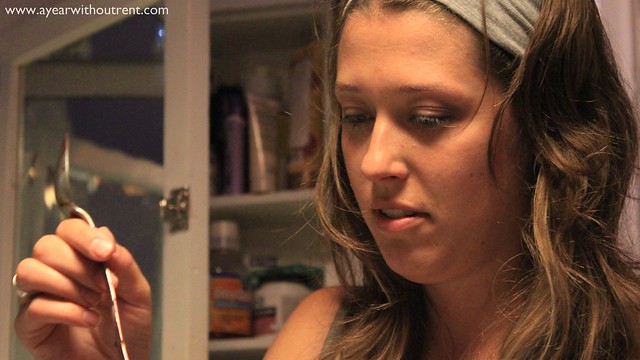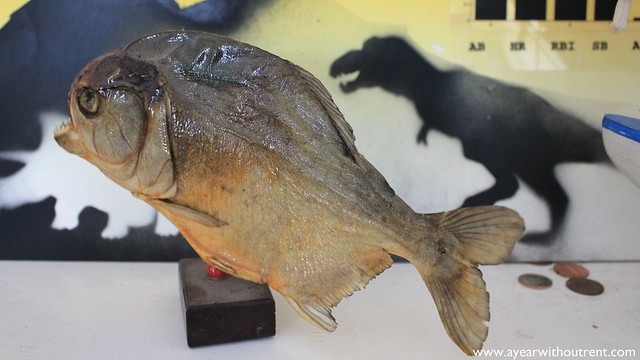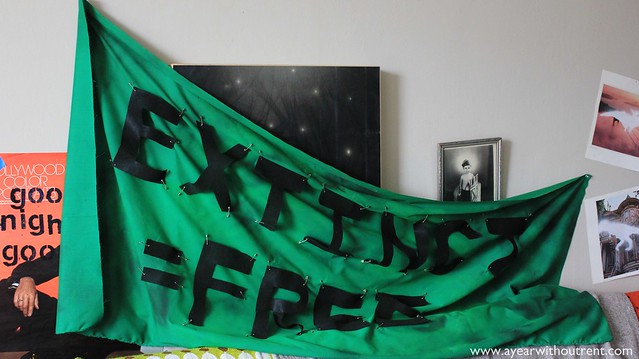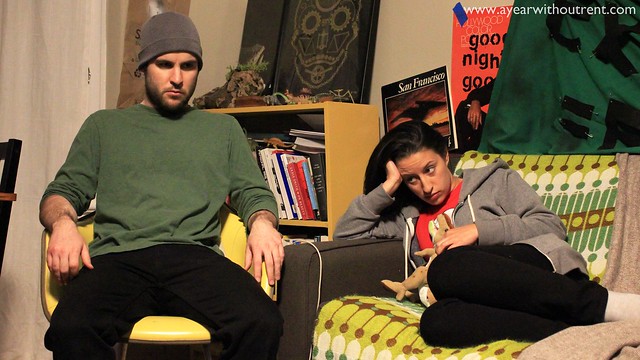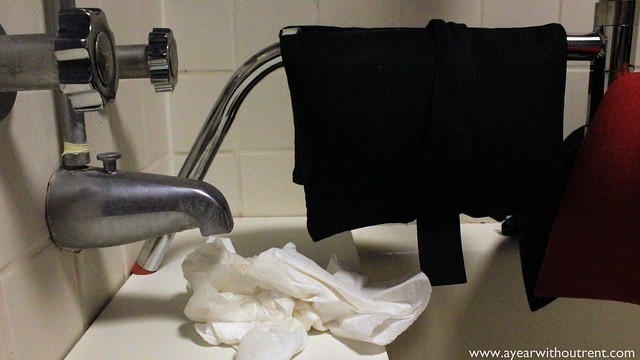
I almost never read the scripts for these projects. Not because I don’t want to, but simply because it isn’t practical. On probably half of them I don’t even get a script, so that makes it easy. But on the rest I’m usually only there for part of the shoot, and I just don’t have time. My days are pretty full and given the choice between reading a script and getting caught up on these blog posts, I’ll pick the latter.
When you work on a film where you haven’t read the script, you spend a lot of time wondering what the hell is going on. Turn on a movie half-way through and you get the same effect. Often I’ll assume a supporting actor is the lead, simply because the first scene I see revolves around them (sometimes the film doesn’t know either, but that’s a different blog post). After a while it becomes something of a game to try and piece together the rest of the story based on some very limited information. Try it sometime. Turn a movie on randomly, watch 2 minutes, pause it, and see how much of the rest of the film you can figure out. You can probably figure out more than you think.
But when Tamara Larson, the Art Director, shows up with boxes and boxes of plastic dinosaurs, you start to think that maybe this is a script you should have read. I’ve been on this film for 6 days now and had no clue there were dinosaurs in it. No clue. I knew the main character changed a lot over the course of the film, but dinosaurs? Really? I don’t even mean it as a criticism, just a surprise at what’s happened.
Also, there’s new characters. I’m so confused.
For the first part of the day, we’re filming in the living room, which has been turned into some dinosaur-friendly, eco protester war zone. It’s really startling the difference between today and yesterday.
It’s always interesting to watch an Art Director go to work, especially on a zero-budget shoot where you know they’ve got clearance for almost nothing. So you’ve got to cover stuff without making it look like you’ve covered it. Nothing looks worse than a strip of black tape strategically placed over a logo. You can’t show the logo. Coca-Cola (or whoever) isn’t going to be impressed that your film is giving them free publicity, so you can either greek the logos with your own thing, or you can cover them. The general rule of thumb is that you can get away with showing 40% of a logo without getting yourself in trouble. There’s logos in real life, after all. Thus enters the fine art of hiding a logo without being obvious about it. A popular approach is to drape something over it–a shirt, for example–but you can’t make it look bad. Should there be a shirt there? Is the shirt obviously covering a logo? Does the shirt itself have a logo? Now try and do that in an entire room, and if you think there’s half a chance that the image or logo or whatever might possibly be a problem, you cover it. Hell, if you aren’t 100% sure, you cover it. Don’t risk it.
On CXL, there’s a built-in advantage in the script where the character employs spray paint in their work, which makes covering things that much easier. Channel your inner Banksy and problem solved.
From the living room, we move to the hallway, where Sean wants to severely minimize the amount of light coming in the window. That’s easy enough. Black some of the windows out and put screens in other places and viola.
And then, we’re in the bathroom. Sean’s bathroom is pretty small and we’ve got to figure out how to get a light in there with enough room for Sean to shoot a couple of setups. It’s the eternal dilemma in filming. Filmmakers love setting scenes in bathroom for multiple reasons. It’s where a character can be their most private and vulnerable and exposed. So it’s a natural fit. But they’re a nightmare from a technical standpoint. The light in a bathroom is always terrible–harsh and unforgiving and shitty–and the space is always so small that it’s difficult to get a camera in the room effectively. You can’t exactly put in dolly tracks. Hell, you usually can’t even fit in a tripod. But lights? Sure you could try and attach the light to the ceiling, but all we’ve really got is some c-stands. It ain’t gonna happen.
So what to do?
Enter Katherine Bruens, one of the good producers, the kind you want on set. She comes up with a solution using some shelves she’s produced from somewhere. She lays them across the sides of the bathtub, her only concern being whether or not they’ll slip, the two smooth surfaces against each other. She then puts a c-stand on the shelves, weighing them down with more weight than you’d normally need in this situation, the theory being that the extra weight will keep everything in place. And you know what? It works. We get the shots. The shelves don’t break. They don’t slip. No one gets hurt. Victory.
Even the dinosaurs survive the day.
Filmmaker Lucas McNelly is spending a year on the road, volunteering on indie film projects around the country, documenting the process and the exploring the idea of a mobile creative professional. You can see more from A Year Without Rent at the webpage. His feature-length debut is now available to rent on VOD. Follow him on Twitter: @lmcnelly.
